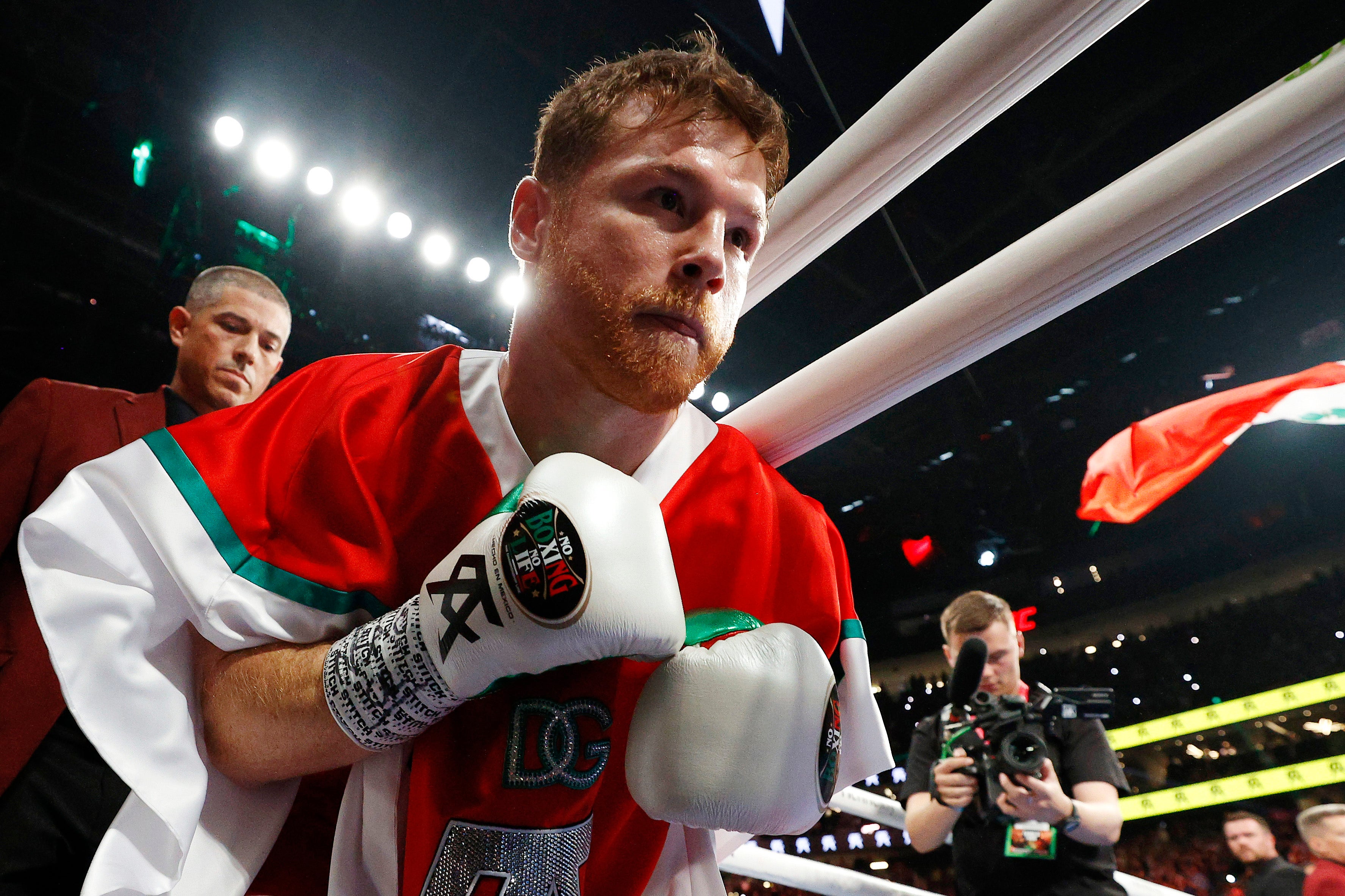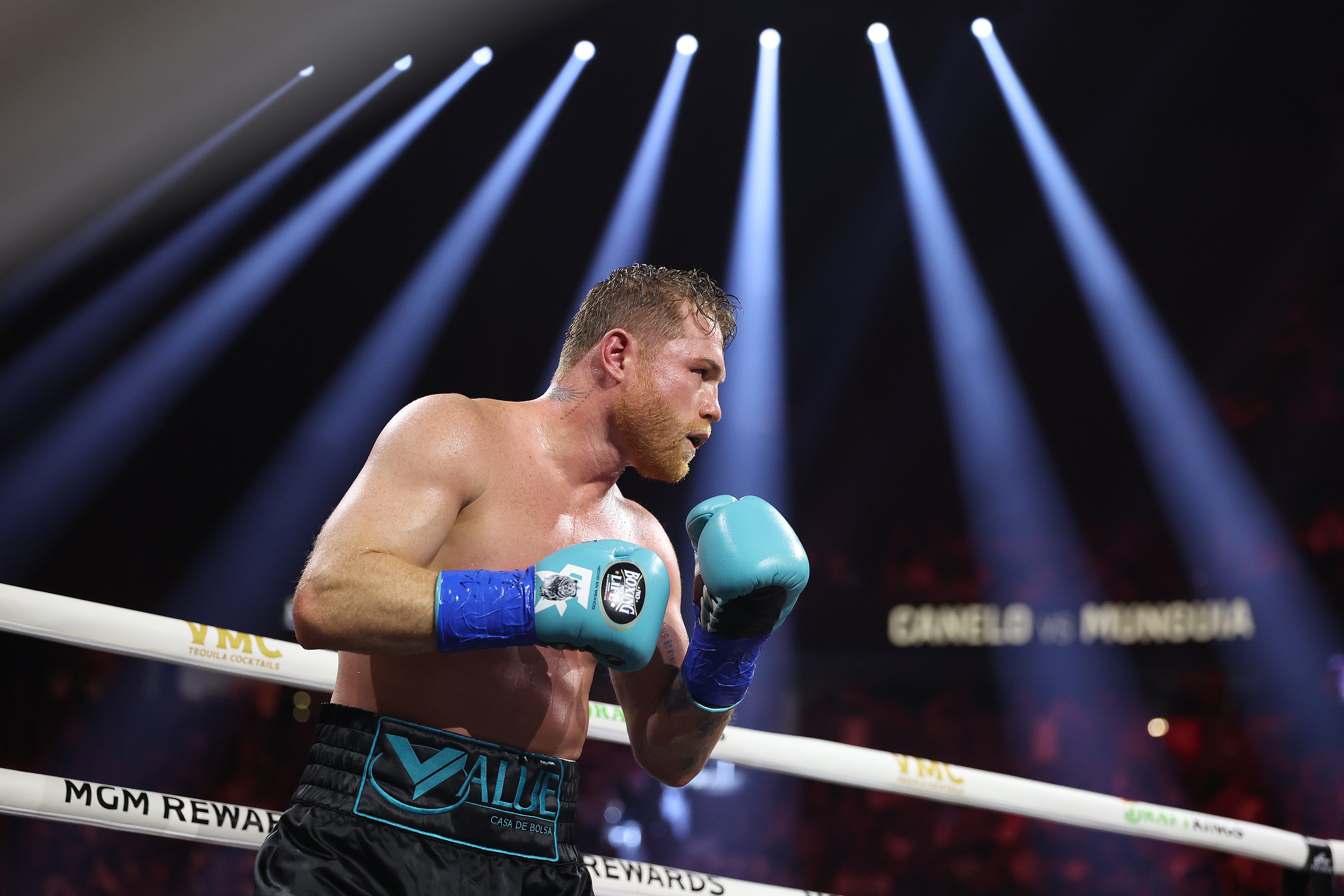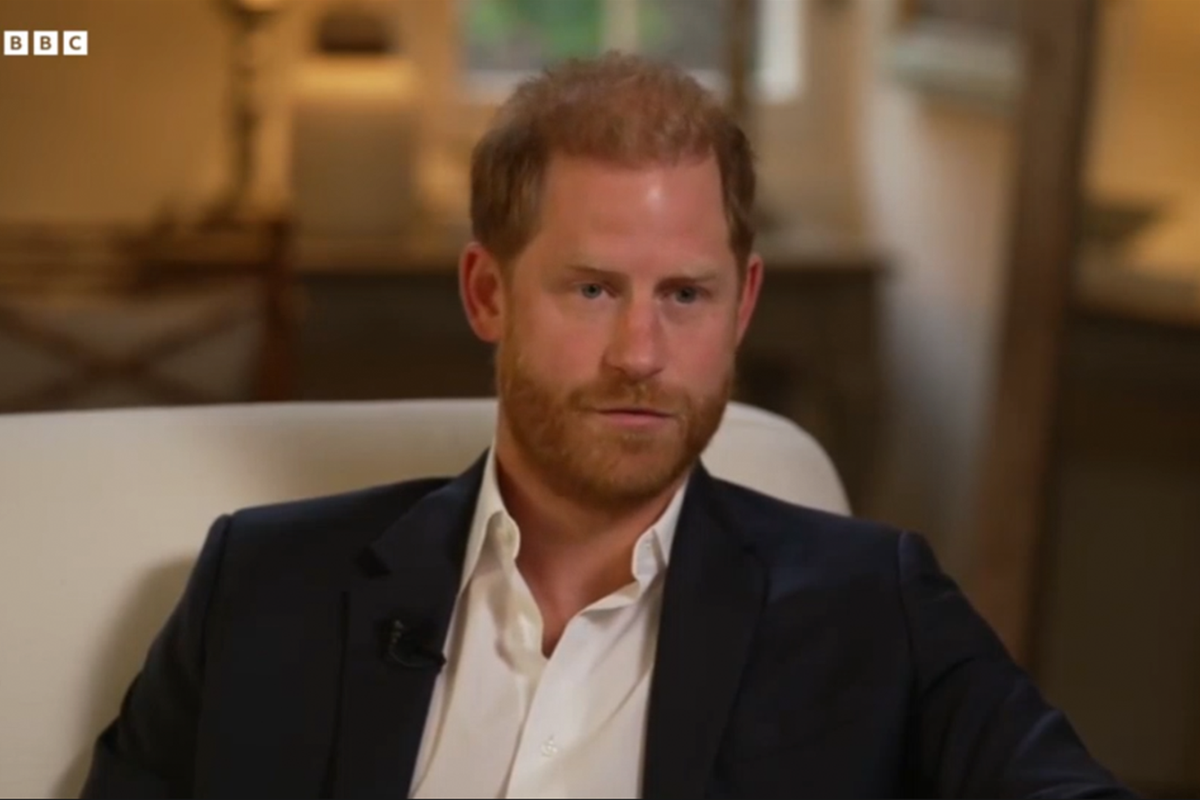ARTICLE AD BOX
You might be familiar with the phrase “hard work beats talent when talent doesn’t work hard”. Canelo Álvarez shows what’s possible when mercurial talent and relentless hard work intersect.
Throughout his career, he’s repeatedly sought out high-calibre opponents – and repeatedly sat them down through a cocktail of inventive combinations, powerful counterpunches and a rarely-matched ring IQ. For this reason, he’s widely considered to be among the best pound-for-pound boxers in the world.
But how does a fighter of his ability train to maintain his impressive record? And what strength and conditioning techniques does he use to improve his performance levels?
As a fitness writer, I’ve reviewed every training video I could find of Canelo’s workouts away from the ring – and identified a few common threads.
Purchase Canelo vs Scull on DAZN now
GPP: General Physical Preparedness

Boxers are incredible athletes, capable of balancing strength, speed, agility, power, endurance and efficiency across all energy systems to create a fight-ready physique.
A certain degree of specificity is needed in their training to prepare for the sport’s many demands and nuances – but if an athlete lacks the requisite strength and endurance to survive in the ring, developing skill will be for nothing. In other words: there’s little point having a devastating left hook if you’re too tired to use it effectively by the second round.
This is where GPP – general physical preparedness – comes in. Strong foundations must be laid to support boxing skill, and this is done by building good base levels of fitness in all its forms.
Boxing training alone will develop impressive agility and quickness. It also provides a solid stimulus for conditioning the heart and lungs to handle high-octane efforts – a sparring session is unlikely to keep you in zone two. Canelo supplements this with skipping, fan bike intervals, circuit-style training and long steady-state runs to further build his engine.
Ahead of his clash with Jermell Charlo in 2023, Canelo headed to Lake Tahoe on the California–Nevada border, nearly 1,900m above sea level. Training at altitude, he said, is something he’d done before and “felt great afterwards”, with cameras following one of his long runs around the lake.
![]()
Enjoy 185+ fights a year on DAZN, the Global Home of Boxing
Never miss a fight from top promoters. Watch on your devices anywhere, anytime.
ADVERTISEMENT. If you sign up to this service we will earn commission. This revenue helps to fund journalism across The Independent.
![]()
Enjoy 185+ fights a year on DAZN, the Global Home of Boxing
Never miss a fight from top promoters. Watch on your devices anywhere, anytime.
ADVERTISEMENT. If you sign up to this service we will earn commission. This revenue helps to fund journalism across The Independent.
For developing a good base level of strength and muscle, it seems Canelo defaults to tried and tested compound (or multi-muscle) barbell exercises – namely, heavy squats and overhead presses. A low-rep, high-weight approach is effective for increasing strength, with the video below showing him squatting a reported 180kg for three reps.
According to his strength and conditioning coach Munir Somoya in a 2022 interview with Men’s Health, the legs are “so important” to strengthen and develop because this is where boxers draw their power from. “All the resistance and the power of the punch is in the leg,” he says.
Power training
The biggest fighter won’t necessarily throw the most powerful punch – nor will the strongest. A strong shot means nothing if it’s not quick enough to catch your opponent. This is because strength, muscle, power and speed are different – if interconnected – attributes and should be trained as such.
Power equals force times velocity, so to train for improved power we need to consider both variables. Rather than moving a heavy weight slowly, as you might in a maximal strength test like pulling a heavy deadlift single, it’s more effective to move light–moderate weights explosively.
One of Canelo’s conditioning sessions, filmed ahead of his 2021 Caleb Plant fight, shows him completing a circuit comprising battle ropes, wall balls, single-arm landmine presses, cross-body mountain climbers, trap bar farmer’s carries, planks and treadmill walks. The battle ropes, wall balls and landmine press are power-focussed, with an emphasis on generating as much force as possible – as quickly as possible – with each rep.
The landmine press is an especially interesting case study. There’s no doubt an athlete like Canelo can lift more than the single (what looks like a) 10kg plate for 10 reps he does on each arm, but this would miss the desired stimulus. The aim is to move the weight explosively.
This exercise is unilateral – or one-sided – as pretty much all sport is. It also requires Canelo to assume a staggered stance, then move in the transverse plane – a fancy way of saying it involves a twisting motion.
Most gym exercises occur predominantly in the sagittal plane, challenging us to move up, down, forwards and backwards. However, boxing requires strength and power when bending and twisting, particularly when throwing a punch – so it pays to regularly train the other planes of motion: frontal (side-to-side) and transverse (twisting).
As a result, the landmine press is a good example of an exercise with obvious and tangible carry-over to boxing performance.
Midline work

In most of Canelo’s filmed strength and conditioning sessions, there is at least one point where he targets his midsection muscles. Regular exercises include arms-elevated cross-body mountain climbers, planks and weighted crunches using a cable machine.
This might be for several reasons, the first and foremost being performance.
According to esteemed strength coach Dan John, the muscles between your neck and your knees – often, in his eyes overzealously, referred to as the core – serve three main purposes. He calls these “the three As”.
Firstly, they provide armour. Packing on muscle in this area offers protection and more potential for force production – both pivotal in boxing.
Next, it offers “anaconda strength – that internal pressure so you don’t bend with the wind”.
We often view the abdominals solely as a vehicle for curling the rib cage towards the hips, hence the prevalence of sit-ups and crunches in ab workouts. But they also need to be able to resist movement, or the torso would collapse under any load. If a boxer is to withstand repeated impacts without being knocked down, this is key.
And finally – “arrow”. This is the ability to create and transfer explosive power. “Arrow is when you’re putting somebody on their ass,” John says, having used this approach to successfully train wrestlers, American football players and other top-level athletes. Again, the principles extend to boxing.
In a recent uncut training video on Dazn, Canelo alternates between footwork protocols, a variety of bag drills, neck-strengthening moves and abs exercises such as crunches and planks. I believe these abs exercises fill a purpose beyond simply strengthening his trunk – they develop work capacity.
“Work capacity is your body’s ability to perform and positively tolerate training at a given intensity or duration,” endurance athlete and world record-breaking swimmer Ross Edgley told me in a recent interview. In short: Canelo is training to train, increasing his capacity to complete more work by simply doing more work.
“Work capacity is so often overlooked because when you talk about fitness you think of things like strength – your body’s ability to generate force – and cardiorespiratory endurance,” Edgley adds.
“But if you took two athletes with the same marathon PB, and I had 12 weeks to train those two people, I could immediately flog the one with the higher work capacity like a horse. They could do high-volume training, double sessions, threshold work, and their body would positively respond to it. Whereas the other person with a lower capacity wouldn’t.”
Shoulder health
The shoulder joint is pivotal to a boxer’s performance, as Matchroom boxing’s head of performance Dan Lawrence highlighted as we discussed Conor Benn’s training camp ahead of his Eubank Jr clash.
“Boxers’ shoulders are very problematic areas,” he told me. “When they’re throwing shots with high forces and high velocities, there’s a lot of eccentric stretching going on around that posterior shoulder – the rotator cuff and the scapula area, all those intrinsic stabilisers.”
Canelo does a lot of work to strengthen and activate his shoulder muscles with resistance bands attached to a sturdy vertical anchor point. These exercises vary from chest flys and presses to external rotations, as seen in the video below.
Targeted neck strengthening
Like the shoulder, the neck is another vulnerable area in boxing. It needs to withstand significant impacts and react quickly to avoid shots – another of Canelo’s strengths – so it pays to dedicate time to developing this area.
From what I’ve observed, Canelo uses kettlebells hanging from a head-worn support to add resistance while flexing and extending the neck – lowering and lifting the eyes. He also lies on his side, places a light dumbbell on the higher side of his head, and strengthens it through lateral flexion, where the neck bends sideways.









 English (US) ·
English (US) ·